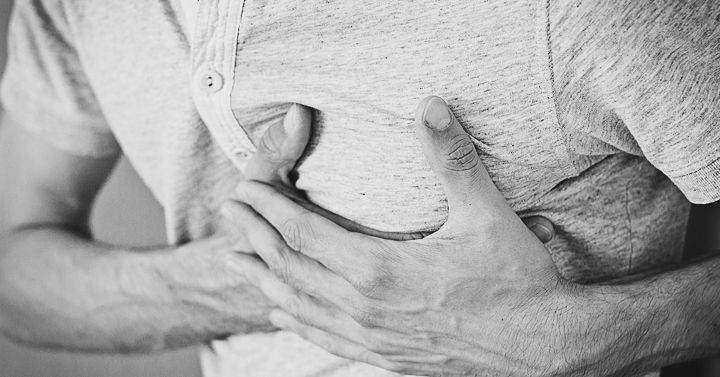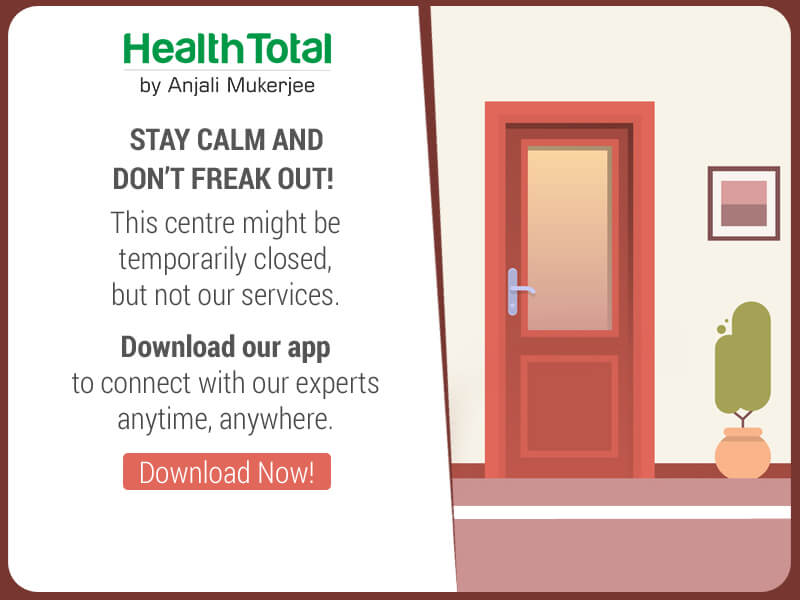
Symptoms of High Cholesterol
Cholesterol is required by the body to carry out important functions such as the production of vitamins etc. However, high levels of HDL, also known as bad cholesterol can block the arteries, preventing proper flow of blood to the heart and other parts of the body. This puts one at a high risk of suffering from a stroke or heart attack.
Components of cholesterol
The biggest problem with cholesterol is that it does not manifest itself very easily. In most cases, the first cholesterol symptom is a heart attack. Therefore, it becomes very vital for you to get bi-annual blood tests done in order to keep a tap on your cholesterol levels. A cholesterol test measures the following:
- Total cholesterol
- HDL, high-density lipoprotein or good cholesterol)
- LDL, low-density lipoprotein or bad cholesterol)
- Triglycerides
Total cholesterol
Total cholesterol is a measure of the total amount of cholesterol in your blood and is based on the HDL, LDL, and triglycerides levels. Total cholesterol reading should be less than 200 mg/dL.
LDL (Bad cholesterol)
LDL makes up the majority of the body’s cholesterol. LDL is known as ‘bad’ cholesterol because high levels of this type of cholesterol can lead to plaque build-up in the arteries and result in heart disease, heart attacks, and stroke. LDL levels should be below 130 mg/dl.
HDL (Good cholesterol)
HDL is known as ‘good’ cholesterol because it helps eliminate excess levels of cholesterol from the body. It absorbs cholesterol, carries it back to the liver, and flushes it out from the body. It also reduces the risk of heart disease and stroke. HDL cholesterol levels should be greater than 60 milligrams per deciliter (mg/dL).
Learn More: How To Increase Good Cholesterol?
Triglycerides
Triglycerides are a type of fat that your body uses for energy. The combination of high levels of triglycerides with low HDL cholesterol or high LDL cholesterol can increase your risk of suffering from a heart attack or stroke. Triglycerides levels should be less than 150 mg/dL.
Symptoms of high cholesterol
Cholesterol is already present in our blood, as it is secreted by the liver to help the body carry out important functions. This means that HDL, as well as LDL cholesterol types, are also present in our system but in safe amounts, and both carry out their respective tasks to keep our body functioning properly.
However, certain factors such as the intake of unhealthy foods or the absence of exercise is enough to cause an imbalance in these cholesterol levels, leading to higher levels of LDL in the blood. Excess levels of LDL cholesterol lead to decreased levels of HDL. Therefore, with no way to push out the excess cholesterol our body begins to deposit it into our arteries. This, in turn, leads to plaque build-up in the arteries, which restricts the flow of blood and oxygen to vital organs such as the brain and heart.
While high cholesterol may not depict any particular symptoms of its own, symptoms associated with a heart attack or stroke may sometimes be indicators of high cholesterol. These symptoms are as follows:
- Chest pain
- Heart attack
- Stroke
- Presence of visceral fat
Chest pain
When excess cholesterol in the arteries gets mixed with other substances in the blood it can lead to the build-up of harmful plaque. This condition is known as atherosclerosis or hardening of the arteries. This results in severe and unsettling chest pain, and is an early warning sign of high cholesterol.
Heart attack
A heart attack occurs when a heart muscle dies, due to a lack of blood and oxygen supply. In many cases a heart attack is the first warning sign of high cholesterol and can be fatal. The early warning signs of a heart attack are:
- Chest pain
- Tightening in the chest
- Shortness of breath
- Nausea
- Breaking out into cold sweats
- Body pain or discomfort
Stroke
When the blood and oxygen supply to the brain is restricted this could lead to the death of brain cells and result in a stroke. The warning signs of a stroke are as follows:
- Severe headaches
- Dizziness
- Slurring of speech
- Blurred vision
- Trouble seeing with both eyes
Presence of visceral fat
In most cases, obesity or being overweight could be one of the biggest indications of having high cholesterol levels. Visceral fat releases harmful chemicals into our body, which makes one potentially vulnerable high cholesterol.
Learn More: Everything You Need To Know About Visceral Fat
How to lower high cholesterol
The absence and uncertainty of the physical symptoms and warning signs associated with high cholesterol are what makes it such a deadly health disorder. Therefore, if you experience any of the above-mentioned symptoms, or you follow a sedentary lifestyle and think you may be at risk of high cholesterol it would be wise to get yourself tested right away. There are a few precautionary measures one can take to stay safe from high cholesterol. They are as follows:
- Include omega 3 fatty foods in your diet
- Ensure you perform 10-15 minutes of exercise daily
- Go for a walk at least 5 times in a week
- Load up on foods high in soluble fibre
- Avoid fried and oily foods
- Avoid foods high in fats and trans fats
- Drink vegetable and fruit juices to detoxify your body
- Add Ayurvedic herbs (Tulsi) and spices (Haldi) to your diet
So simply follow the above-mentioned tips and stick to a healthy diet. This will not only help lower your high cholesterol levels but also help you lose weight, and benefit your overall health.
Talk to our expert doctors and nutritionists. Call on our toll-free number 1800 266 0607 and Book an appointment right away.
